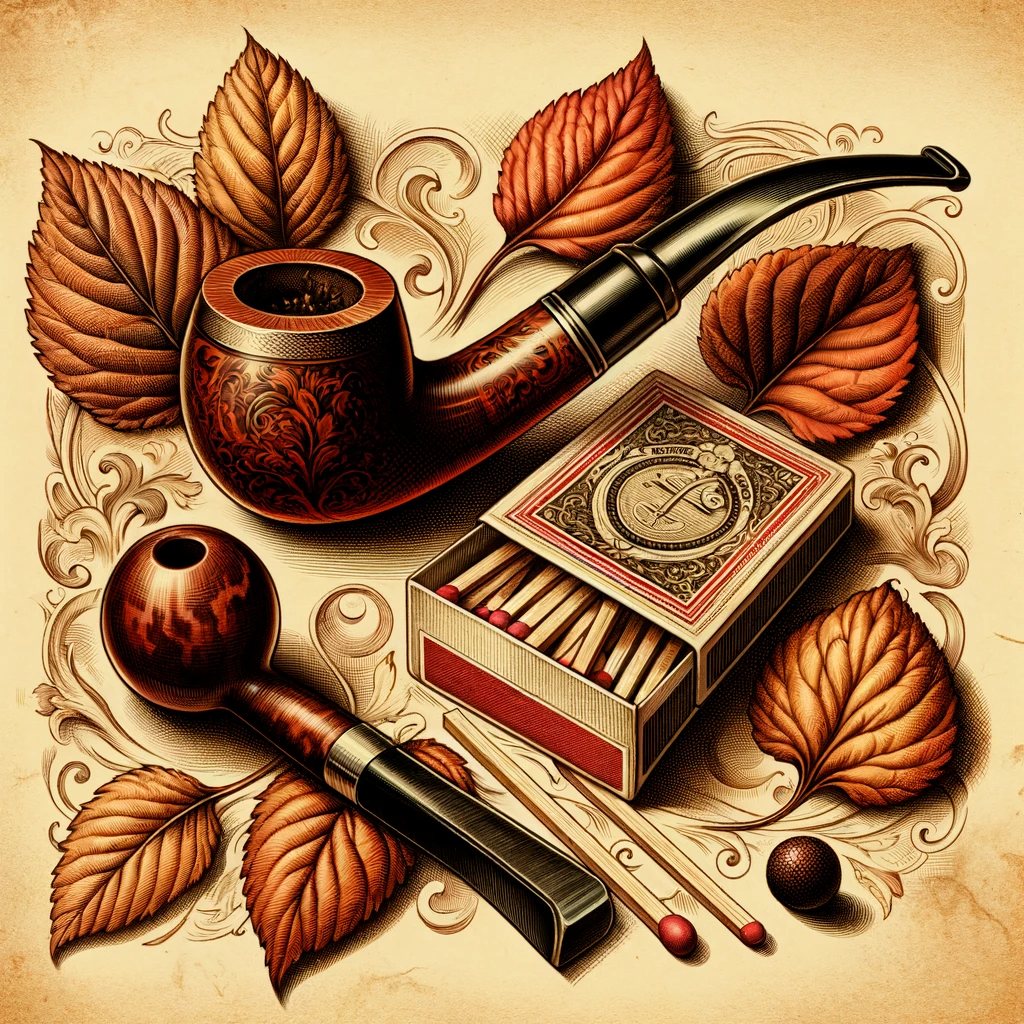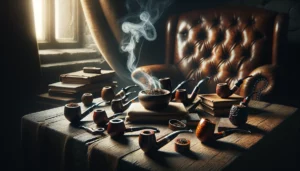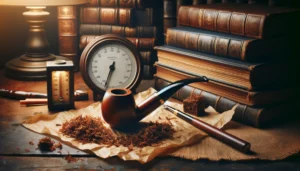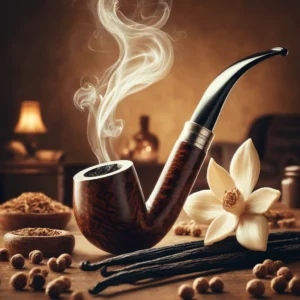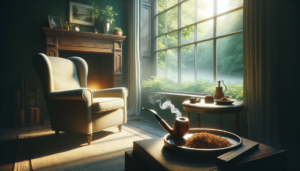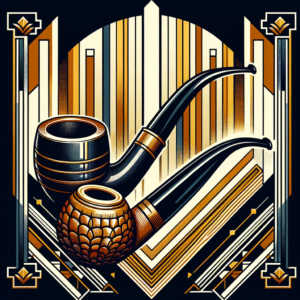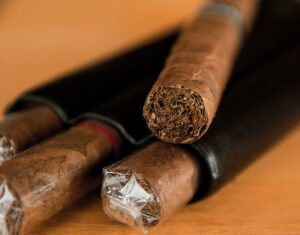Pipe smoking is not just a hobby; it’s an art. The satisfaction of a well-smoked pipe lies in the details of its preparation and enjoyment. For both beginners and connoisseurs, understanding the nuances of pipe preparation, packing, and smoking techniques is key to a rewarding experience. This guide is designed to walk you through these essential steps, ensuring every smoke is as perfect as it can be.
Preparing Your Pipe
Selecting the Right Pipe Your choice of pipe is as personal as your choice of tobacco. Different shapes and sizes can offer varying smoking experiences. Before each smoke, ensure your pipe is clean. Residual buildup from previous sessions can significantly alter the taste of your tobacco.
Cleaning Tips
- Disassemble your pipe gently.
- Use a pipe cleaner to remove residue from the stem and shank.
- Wipe the bowl with a soft cloth; avoid using water inside the bowl.
- Allow the pipe to dry completely before use.
The Art of Packing Your Pipe
The way you pack your pipe tobacco can make or break your smoking experience. There are several methods, but the Three-Pinch Method is a great start for beginners.
The Three-Pinch Method
- First Pinch: Fill your bowl loosely with tobacco and gently press it down to about one-third of the bowl’s depth.
- Second Pinch: Add more tobacco, pressing down slightly firmer this time to about two-thirds depth.
- Third Pinch: Fill the bowl to the brim and press more firmly, ensuring the surface is even and not too tight. The draw resistance should be similar to drinking through a straw.
Tobacco Type and Moisture Level Different tobaccos and moisture levels require adjustments in packing. Drier tobaccos need a gentler pack, while moister tobaccos can handle a firmer pack.
Lighting Techniques
Lighting your pipe is a two-step process. The right technique ensures an even burn and a satisfying smoke.
Choosing Your Fire You can use wooden matches or a butane lighter. Avoid petrol lighters as they can alter the tobacco’s taste.
The Charring Light
- Strike a match or light your lighter and hold it just above the tobacco.
- Draw gently on the pipe while moving the flame in a circular motion over the tobacco. This initial light, or ‘charring light’, helps to prepare the surface.
- After a few puffs, gently tamp the slightly charred tobacco down.
The True Light 4. Relight your match or lighter and again hold it above the bowl.
- Draw gently as you move the flame in a circular motion. This ‘true light’ should evenly ignite the tobacco.
The Art of Smoking
Smoking a pipe is about relaxation and enjoyment, not rushing.
Pacing Your Smoke
- Draw gently and intermittently. Over-puffing can overheat the pipe and tobacco, leading to a harsh taste.
- If your pipe goes out, don’t worry. It’s normal for beginners and part of the experience.
Tamping and Relighting
- As you smoke, ash will form. Use a pipe tamper to gently press this ash down. This helps maintain an even burn.
- If the tobacco goes out, tamp gently and relight as needed.
Maintenance and Cleaning Post-Smoke
Proper maintenance after smoking is crucial for the longevity and performance of your pipe.
Post-Smoke Cleaning
- Once your pipe has cooled, remove the ash and unburnt tobacco.
- Run a pipe cleaner through the stem to remove moisture and residue.
- Occasionally, a deeper clean might be necessary. This involves more thorough disassembly and cleaning of each part.
Storing Your Pipe
- Ensure your pipe is completely dry before storing.
- A pipe rack or stand is ideal for storage, keeping the pipe in a position that facilitates air circulation.
Mastering the art of pipe smoking takes time and practice. Each step, from packing to cleaning, contributes to the overall experience. Embrace the process, experiment with different techniques, and find the rhythm that works best for you. Happy smoking!
